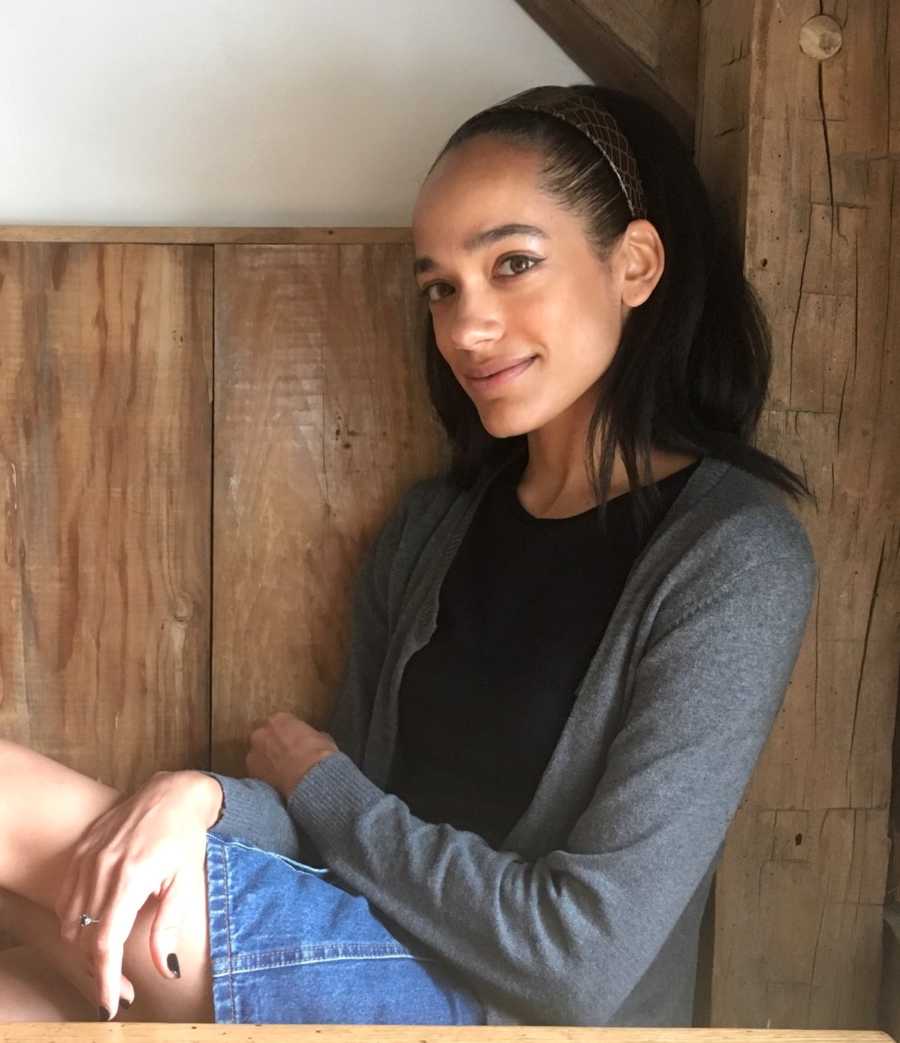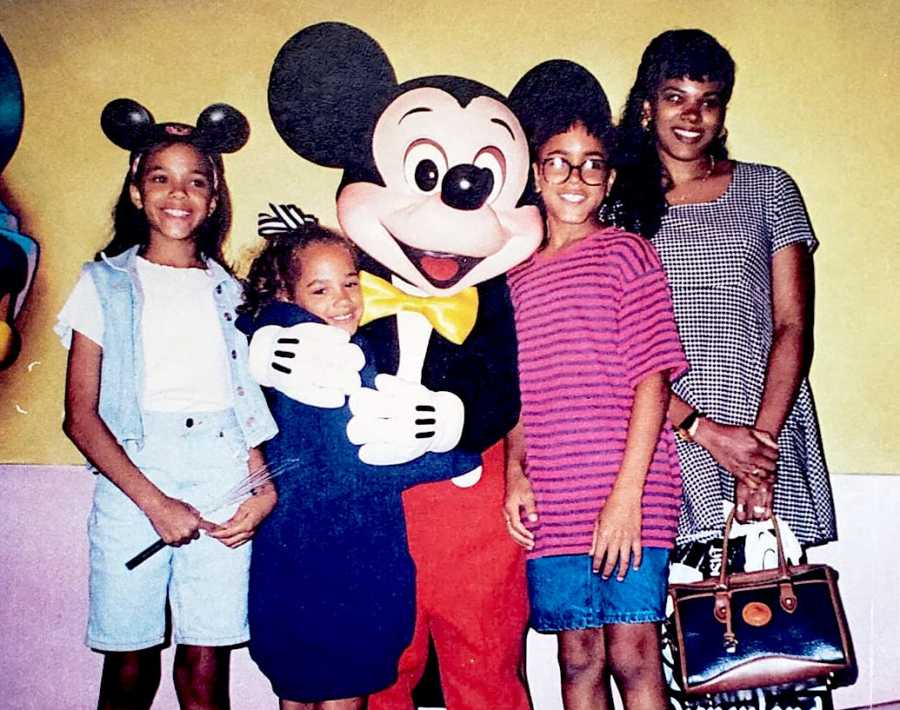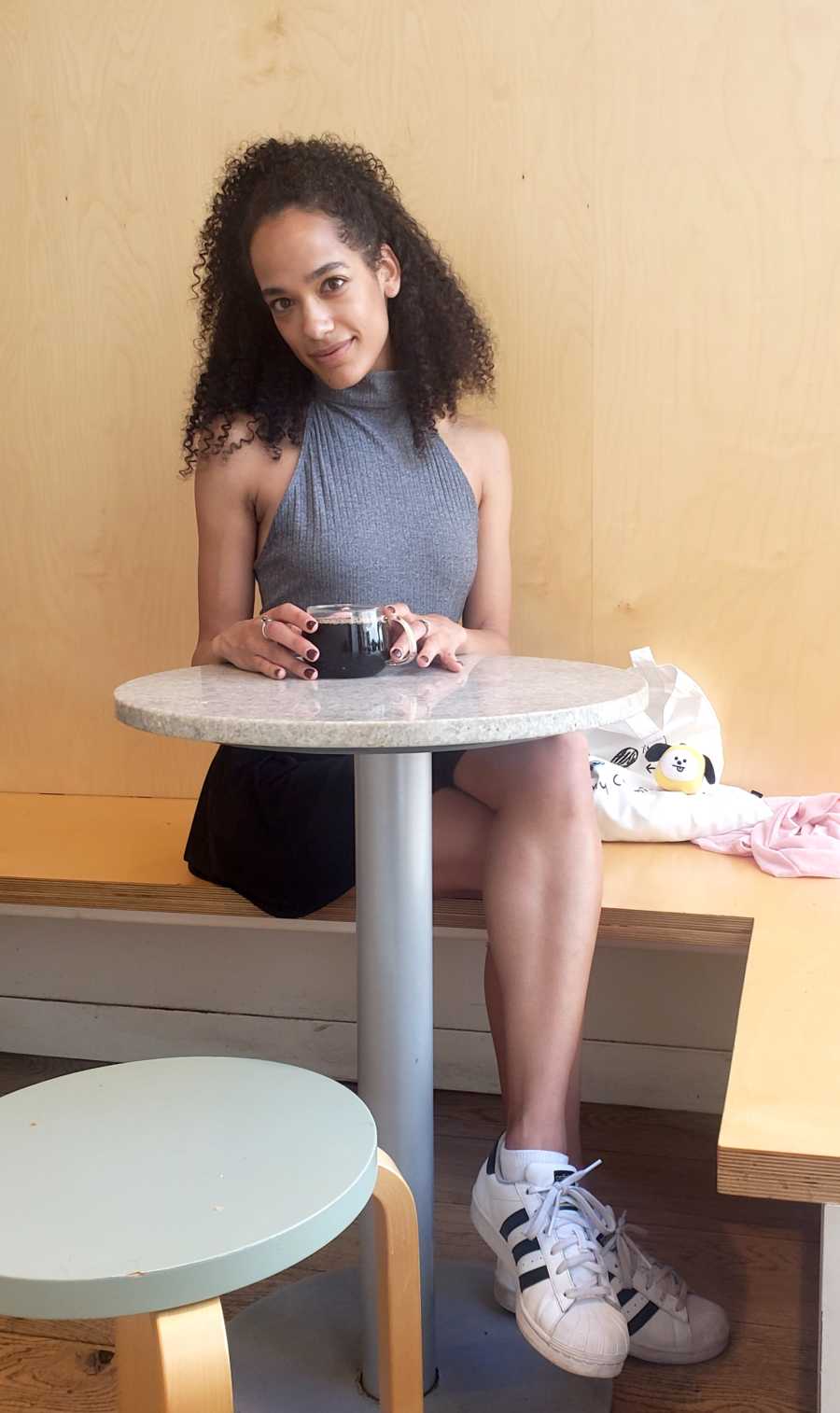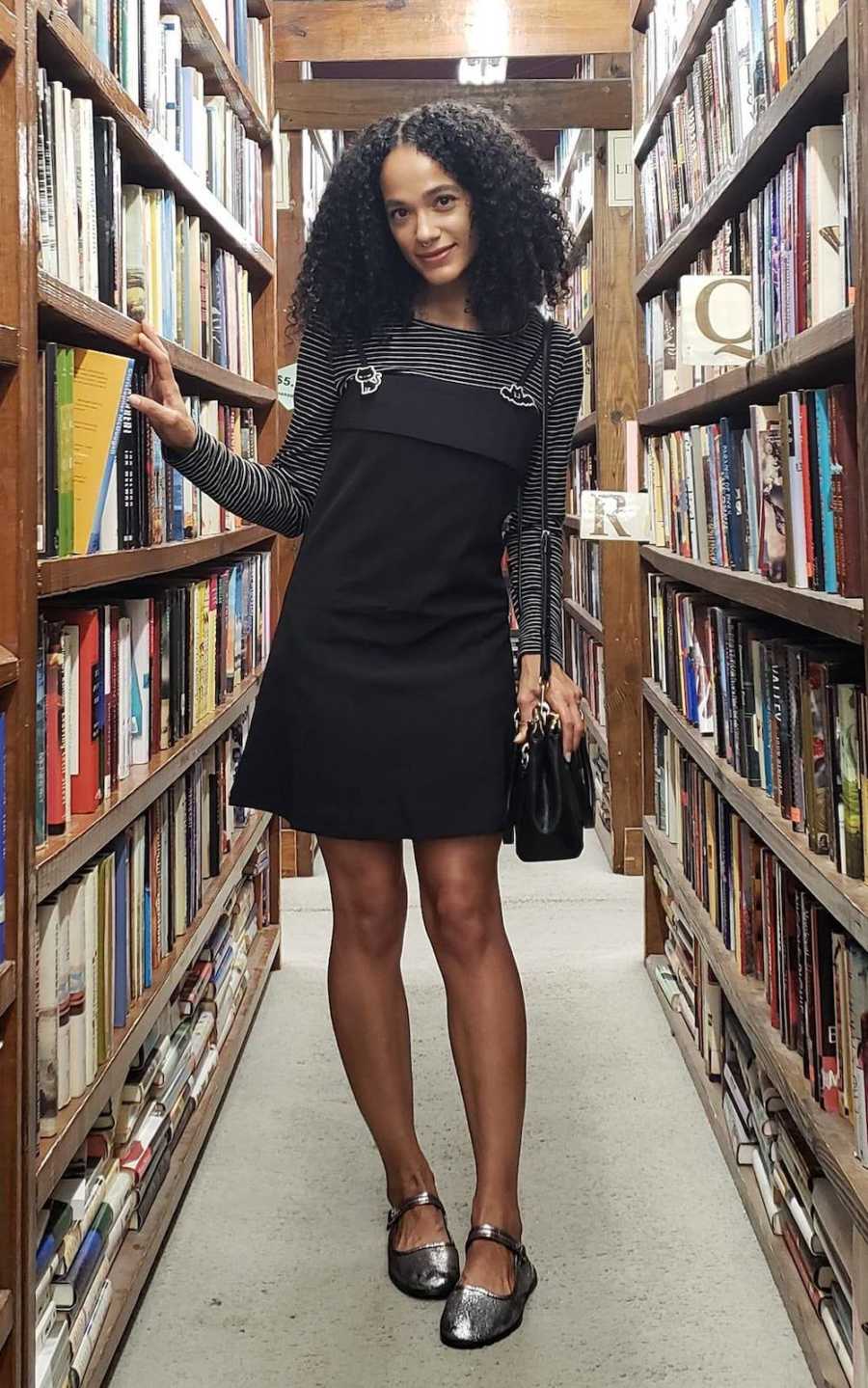“’I can say without a doubt, you are on the autism spectrum.’
The moment I heard those words, tears flooded my eyes. Many people might assume those tears signified fear, devastation, and disappointment. For me, when the psychiatrist spoke that sentence aloud after a day of interviews and tests, I began to cry out of relief. The scattered pieces of my struggles, talents, and experiences suddenly fit together in a perfect puzzle. At age 23, I finally learned the truth. I am not broken. I am autistic.

Autism Spectrum Disorder is a developmental disability which is both incurable and unexplainable. Some people are simply born with ASD. The disability impacts autistic individuals through an array of symptoms and traits which vary in severity. However, despite popular belief, ASD does not operate in a dichotomy of ‘high-functioning’ versus ‘low-functioning’ autism. Each autistic person is unique with challenges in different yet similar areas. We need support in a variety of ways, and we may require more support at some times in our lives and less support during others.
Some autistic people may be nonverbal and require mobility supports. Others will struggle immensely with social cues. Many take part in ‘stimming,’ or self-stimulating behaviors, like rocking, clapping, dancing, and twirling. A passerby may see someone on the spectrum and automatically recognize the disability upon sight. Other autistic individuals have developed an ability to ‘mask,’ or hide their autistic traits in an effort to present as ‘neurotypical’ as a means of gaining social acceptance, employment, etc. While masking may give an autistic person the ability to be more independent, it often comes at a severe price. The cost of masking is mental exhaustion, debilitating fear of committing social mistakes, and a loss of sense of self. In the end, masking can lead to emotional and physical burnout, as well as uncontrollable meltdowns.
In my case, as an undiagnosed autistic woman, I journeyed through life with zero support. Because my grades were high, my articulation eloquent, and my body seemingly mobile, no one looked deeply into my other symptoms. I appeared to be a neurotypical child on the surface. I loved Barbie dolls. I played with others. I followed school rules. I adored books.
‘Lauren is very polite.’
‘Lauren is a gifted.’
‘Lauren is such a cute little girl!’

But beneath the surface, autism spectrum disorder was still inextricably linked to my daily life. I rarely played with my Barbies but spent hours dressing them, setting up scenes, and lining up the dolls, only to abandon the setup. I bossed around my peers and talked for ages about the same topics over and over again. I could follow the school rules since they offered the structure I craved. I pored over books because the storylines made more sense to me than the people in my life.
I had constant stomach aches. I started to get migraines in early elementary school. As I entered middle school, I could never remember to bathe. I once went half a year without washing my hair. While I still continued to achieve academic success, my peers started to reject me. My school life was marred by rumors, taunts, and fights. I would wave goodbye to my friends at school and return the next day only to learn all of my friends hated me. I began to tell myself, ‘There is something wrong with you.’ All day long I tried my best to fit in, but when I came home, I would cry and scream and melt down. I was completely exhausted.
My mom sometimes wondered if I was autistic. Though I was an early talker, I was a late walker, and even when I began to walk, I would only take steps on my tip-toes. I would speak for hours, but I rarely laughed and disliked jokes. I hated ponytails and cried about tummy aches. Even so, my mom was too afraid to seek a diagnosis. She feared that if I were autistic, my mere existence would be stigmatized. So, I walked through childhood, adolescence, and early adulthood without a diagnosis, without support, and completely clueless there might be a reason that my path in life always seemed to veer in the opposite direction as my peers.
I had so many questions, though. Plagued by chronic pain and sensory pain, I saw doctor after doctor, only to be labeled as fibromyalgic. School and work came easily, but any social aspect of those environments left my head reeling. I’d heard of Asperger Syndrome, and I often researched it, but all the online screening tests labeled me as borderline. At the time, I had no idea ASD might present differently in women and girls than men and boys. In fact, most people and many medical professionals still do not know about the difference in symptoms and traits.

But then, on a fateful yet fortunate day, I encountered yet another workplace conflict that left me confused and hurt. I had been pursuing a friendship with a colleague, talking about work and offering advice when asked. However, I learned this colleague actually despised me. She told me in a meeting with my supervisor, ‘I find you to be arrogant, rude, disrespectful, and jealous.’ Stunned, I apologized for the impression I had given her and attempted to explain I had only the highest regard for her. Of course, she didn’t believe a single word I said.
How had I steered so far off course I’d made someone I admired think I hated her? I went home and felt inspired to research Asperger Syndrome again, but this time, something in my heart nudged me to type a new query into an internet search engine, ‘Asperger Syndrome Symptoms for Women.’ I discovered Rudy Simone’s traits list for women, and my entire life immediately changed. For the first time, I gazed into a diagnosis which felt like a mirror. Within half a year, I received a diagnosis from a professional who had thankfully familiarized herself with ASD in women.

Armed with the correct diagnosis, I am a much healthier and happier person. Many people see Autism Spectrum Disorder as the worst kind of news. For me, I have been set free. Of course being autistic has its challenges. I still miss social cues, dislike comedy, and suffer from sensory pain. Nevertheless, I have many positive qualities I can now see. I think outside the box. I’m an efficient and diligent worker. I am honest. I have deep passions I can focus on for hours at a time without taking any breaks. I am autistic.
Today, I am deconstructing the lies of brokenness I internalized about myself. At the same time, I continue to build positive coping strategies for navigating social situations, chronic pain, and overstimulating environments. Autism Spectrum Disorder is the road I walk every day, and the way I see it, it is a joyful, hopeful, and beautiful path. If neurotypical people cannot see the beauty of an autistic life, it does not change who I am and what I know to be true; neurodiversity is not to be cured, but to be embraced. After all, so many influential leaders, thinkers, and inventors in history and present day are autistic.
I am without a doubt on the autism spectrum, and without a doubt, I will be proud and hope to inspire pride in my fellow spectrumites.”

From podcasts to video shows, parenting resources to happy tears – join the Love What Matters community and subscribe on YouTube.
This story was submitted to Love What Matters by Lauren Melissa of New York, NY. You can follow her on Instagram. Submit your own story here and be sure to subscribe to our free email newsletter for our best stories.
Read more amazing stories about raising awareness about autism here:
‘I’m a 34-year-old woman and I only got formally diagnosed 2 DAYS ago. I’m autistic.’
Please SHARE this story on Facebook and Instagram to encourage others to live life to the fullest.



